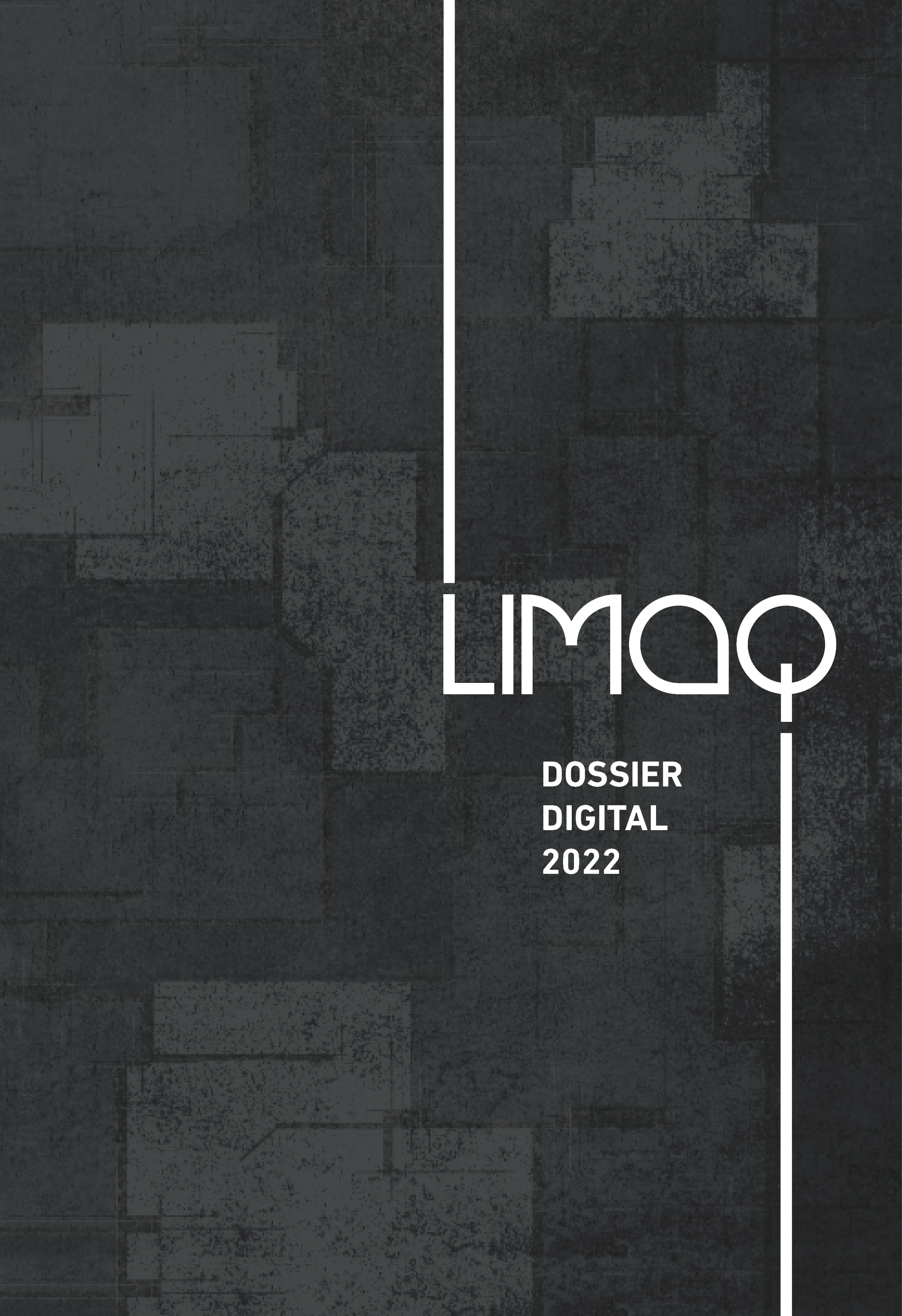Digital fabrication as an inclusive tool for people with visual disability
DOI:
https://doi.org/10.26439/limaq2022.n010.5256Keywords:
accessible technology, digital fabrication, inclusive education, visual impairmentAbstract
In this article, I share the social inclusion projects in which I had the opportunity to participate as a student at the University of Lima, a member of the Circle of Digital Fabrication (CEFADI), and an intern at Fab Lab Ulima. In each project, different digital fabrication technologies were used to provide a better learning experience for people with different degrees of visual impairment. With the help of the university teams, didactic masks, braille school material, and digitized reproductions of archaeological pieces from the Gold Museum were made and delivered to the children of the CEBE San Francisco de Asís. I will always be very grateful to my teachers, colleagues, and university for having experienced the positive impact of this type of technology during my studies.
Downloads
References
Gómez, R. (2019, 11 de noviembre). Tacto Museo: tocar lo prohibido. La República. https://larepublica.pe/domingo/2019/11/10/tacto-museo-tocar-lo-intocable/
Naciones Unidas (2006). Convención sobre los Derechos de las Personas con Discapacidad. https://www.ohchr.org/es/instruments-mechanisms/instruments/convention-rights-persons-disabilities
Rams, D. (2013). As little design as posible. Phaidon.
Universidad de Lima (s.f.). Círculo de fabricación digital. https://www.ulima.edu.pe/pregrado/arquitectura/circulo-de-fabricacion-digital



